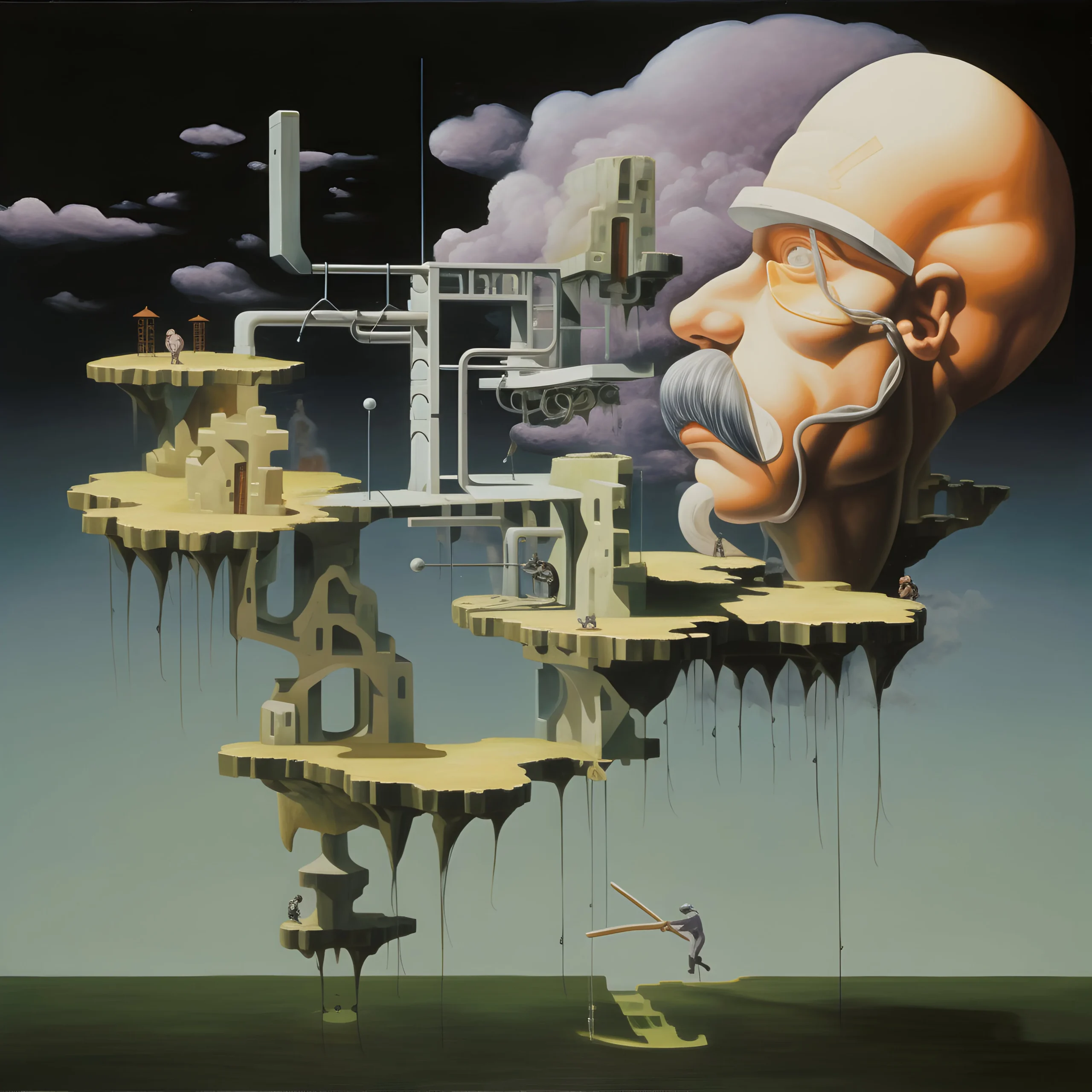Introduction: The Iconic Corncob Pipe in Huckleberry Finn
Mark Twain’s The Adventures of Huckleberry Finn is a timeless American classic. The novel, first published in 1884, chronicles the journey of a young boy, Huck Finn, as he travels down the Mississippi River in search of freedom. Throughout this literary adventure, Huck’s corncob pipe stands as an enduring symbol of his character, representing his rugged individuality, his defiance against societal norms, and his deep connection with nature.
In today’s digital age, google images huckleberry finn illustrations corncob [pipe has become a valuable search term for those wishing to explore how Huck’s pipe is portrayed across various artistic mediums. These illustrations offer unique insights into Huck’s persona and the evolution of his image over time. In this article, we’ll delve into the significance of Huck’s corncob pipe and explore the diversity of artistic interpretations found through Google Images.
The Significance of Huck Finn’s Corncob Pipe
More Than Just an Accessory
While Huck’s corncob pipe might seem like a trivial detail, it’s much more than a mere accessory. It symbolizes Huck’s personality—his resourcefulness, rebellion, and independence. Twain’s choice to give Huck a corncob pipe highlights the character’s connection to rural America, his dislike for authority, and his desire to live life on his own terms.
The google images huckleberry finn illustrations corncob [pipe search reveals how different artists have used the pipe to amplify Huck’s characteristics, providing a visual representation of his free-spirited lifestyle. This humble pipe, often seen clutched between Huck’s teeth, becomes a powerful visual tool for storytellers, giving depth to Huck’s character in both subtle and profound ways.
Cultural and Historical Context
In the 19th century, corn cob pipes were common in rural America, especially in the Southern states. The pipe was not just a tool for smoking; it represented simplicity, frugality, and a connection to the land. Huck’s use of the pipe places him firmly in this cultural context, grounding him in a particular time and place.
Additionally, the pipe acts as a subtle critique of society. At a time when the United States was entrenched in issues like slavery and class division, Huck’s pipe—like the character himself—rebels against the expectations imposed on him. This symbolic element of Huck’s life transcends its utilitarian purpose and becomes a symbol of defiance, simplicity, and freedom.
Exploring Artistic Interpretations of Huck Finn’s Corncob Pipe
Classic Illustrations and Early Depictions
When searching google images huckleberry finn illustrations corncob [pipe, one of the first things that stands out is the classic, black-and-white illustrations from the 19th and early 20th centuries. Many of these depictions were made by artists such as E.W. Kemble, who worked directly with Twain to illustrate the novel. These illustrations often show Huck with a rugged demeanor, his corncob pipe prominently featured as a central detail.
These early illustrations typically emphasize realism. The corncob pipe is portrayed as a faithful reproduction of the types of pipes used in rural America. The simplicity of the pipe’s design is mirrored in Huck’s humble appearance and his freewheeling, rebellious nature.
The Role of the Corncob Pipe in Modern Interpretations
As time has passed, artists have reinterpreted Huck’s corncob pipe in various ways, leading to a wide array of artistic styles. Today, when you search for google images huckleberry finn illustrations corncob [pipe, you’ll find illustrations that range from hyper-realistic renderings to abstract and symbolic art.
Modern artists have used the pipe to explore contemporary themes like freedom, rebellion, and the tension between nature and society. Some interpretations focus on the rustic charm of Huck’s pipe, while others highlight its symbolic role in portraying Huck’s defiance of social conventions. Digital art, stylized cartoons, and even surreal representations have all become common ways to portray Huck’s iconic accessory.
Symbolism in the Pipe: More Than a Smoking Tool
In many modern interpretations, the corncob pipe is more than just a smoking tool. It has become a cultural icon, symbolizing rebellion, freedom, and a rejection of societal norms. The google images huckleberry finn illustrations corncob [pipe search often reveals how different artists explore the pipe’s deeper meanings. Some depictions emphasize Huck’s connection to nature, while others focus on the pipe’s role as a symbol of Huck’s moral independence.
The Evolution of Huck’s Corncob Pipe Over Time
The way Huck’s corncob pipe is depicted has evolved significantly. Early illustrations from the late 19th and early 20th centuries often presented the pipe as a literal and realistic object, placed carefully in Huck’s hands or mouth. The corncob pipe was depicted with detailed accuracy, symbolizing Huck’s grounded, no-nonsense personality.
By the mid-20th century, however, illustrators began to take more creative liberties with Huck’s image. Some representations began to emphasize Huck’s rebellious spirit by stylizing the pipe or exaggerating its size. This shift in artistic interpretation reflected broader changes in society’s view of Huck as a character. Huck was no longer just a rural boy; he had become an icon of American rebellion, and his corncob pipe was a visual shorthand for that image.
In contemporary renditions, the corncob pipe is sometimes portrayed abstractly. The pipe might take on new meanings, representing not only Huck’s independence but also his broader social significance. The search for google images huckleberry finn illustrations corncob [pipe will often lead you to modern interpretations that integrate the pipe into larger thematic elements—such as self-reliance, societal critique, or even anti-authoritarianism.
The Corncob Pipe in Popular Culture and Its Impact
Huck Finn’s Corncob Pipe as a Cultural Icon
Beyond the pages of Twain’s novel, Huck’s corncob pipe has become an enduring symbol in American culture. In movies, television adaptations, and even Halloween costumes, the image of Huck with his corncob pipe continues to be a powerful symbol of independence and rebellion. It has been adopted by various subcultures, from literature lovers to fans of classic Americana, as an emblem of freedom.
When searching for google images huckleberry finn illustrations corncob [pipe, you will not only find depictions from the book itself but also the continued influence of Huck’s pipe in popular culture. It has appeared in film posters, advertisements, and as a motif in the broader cultural landscape.
Huck’s Corncob Pipe in Film and Literature
Huck’s corncob pipe has also made appearances in numerous film adaptations of The Adventures of Huckleberry Finn. Directors and costume designers have used the pipe as a visual cue, instantly connecting the character to his literary origins. From black-and-white adaptations to modern, colorized versions, the pipe remains a central feature in Huck’s portrayal, emphasizing his rustic, independent persona.
Educators and Illustrations of Huck Finn’s Corncob Pipe
In educational settings, Huck Finn’s corncob pipe plays an essential role in helping students connect with the novel’s themes. The illustrations found in the google images huckleberry finn illustrations corncob [pipe search can be valuable tools for teachers and students alike. They bring Huck’s character to life and serve as a springboard for discussions on freedom, race, and morality. By analyzing how Huck is depicted in various illustrations, students can gain a deeper understanding of the historical context in which Twain wrote and explore the novel’s timeless themes.
The Pipe’s Symbolic Meaning in Contemporary Conversations
In modern interpretations, the corncob pipe has come to symbolize more than just Huck’s desire for freedom. It is often viewed through the lens of today’s social and political discussions. The pipe’s association with smoking can provoke debates about health, personal choice, and societal norms. As such, the corncob pipe is no longer just a relic of Huck’s time; it has become part of larger conversations about personal agency and resistance.
FAQs About Huck Finn’s Corncob Pipe
1. Why is Huck’s corncob pipe so significant in The Adventures of Huckleberry Finn?
Huck’s corncob pipe symbolizes his independence, rebellion, and connection to the rural Southern culture of his time. It represents Huck’s desire to live life on his own terms, free from the constraints of societal expectations.
2. How has the depiction of Huck’s corncob pipe evolved over time?
Early illustrations portrayed the pipe realistically, while modern renditions have become more stylized and abstract, reflecting changing cultural attitudes toward Huck’s character and his symbolic meaning.
3. What does Huck’s corncob pipe symbolize today?
Today, Huck’s corncob pipe is seen as a symbol of rebellion, self-reliance, and personal freedom. It has also taken on additional layers of meaning in contemporary discussions about societal norms and individual choice.
4. How can educators use illustrations of Huck and his corncob pipe?
Educators can use illustrations of Huck with his corncob pipe to discuss themes like freedom, independence, and social conflict in The Adventures of Huckleberry Finn. These images help students engage with the novel’s historical context and literary significance.
5. How does Huck’s corncob pipe reflect his relationship with nature?
The corncob pipe represents Huck’s deep connection to the natural world, symbolizing his rejection of societal constraints and his preference for a simple, nature-driven existence.


